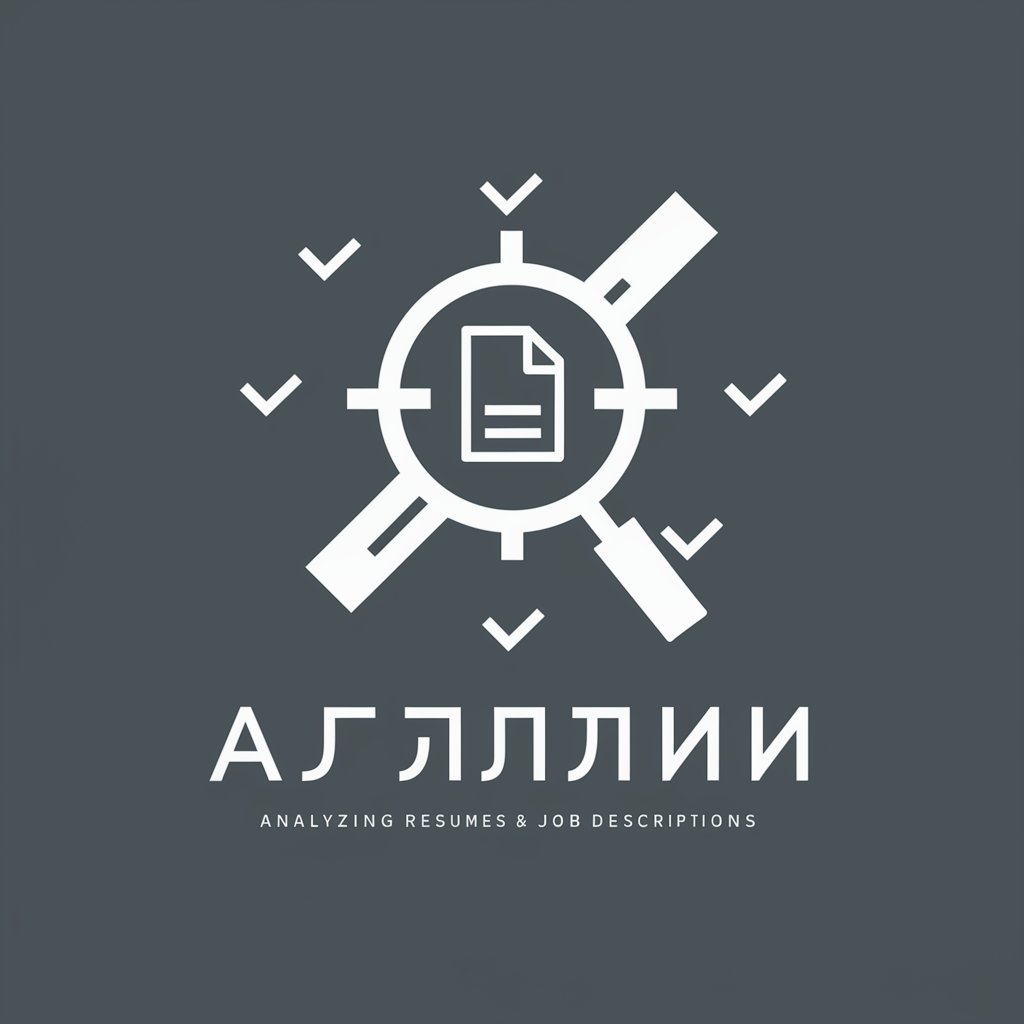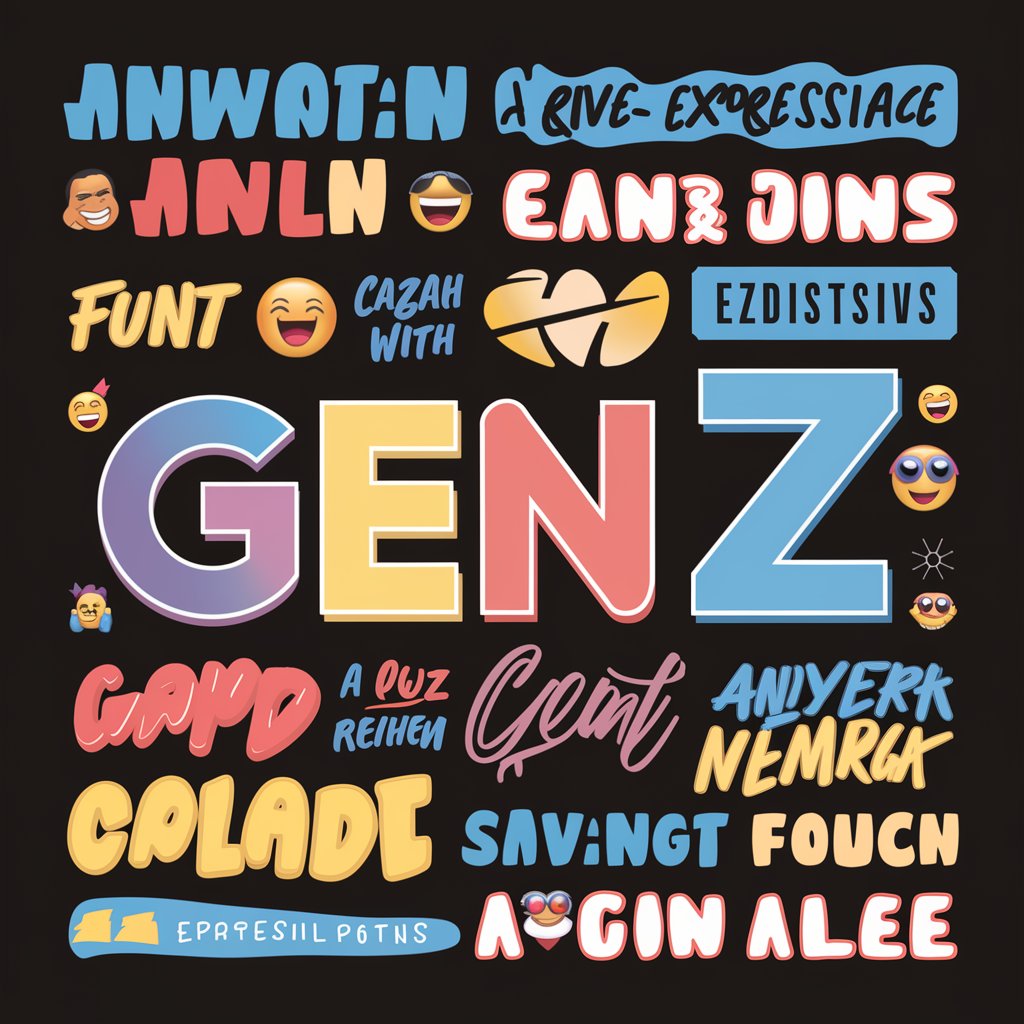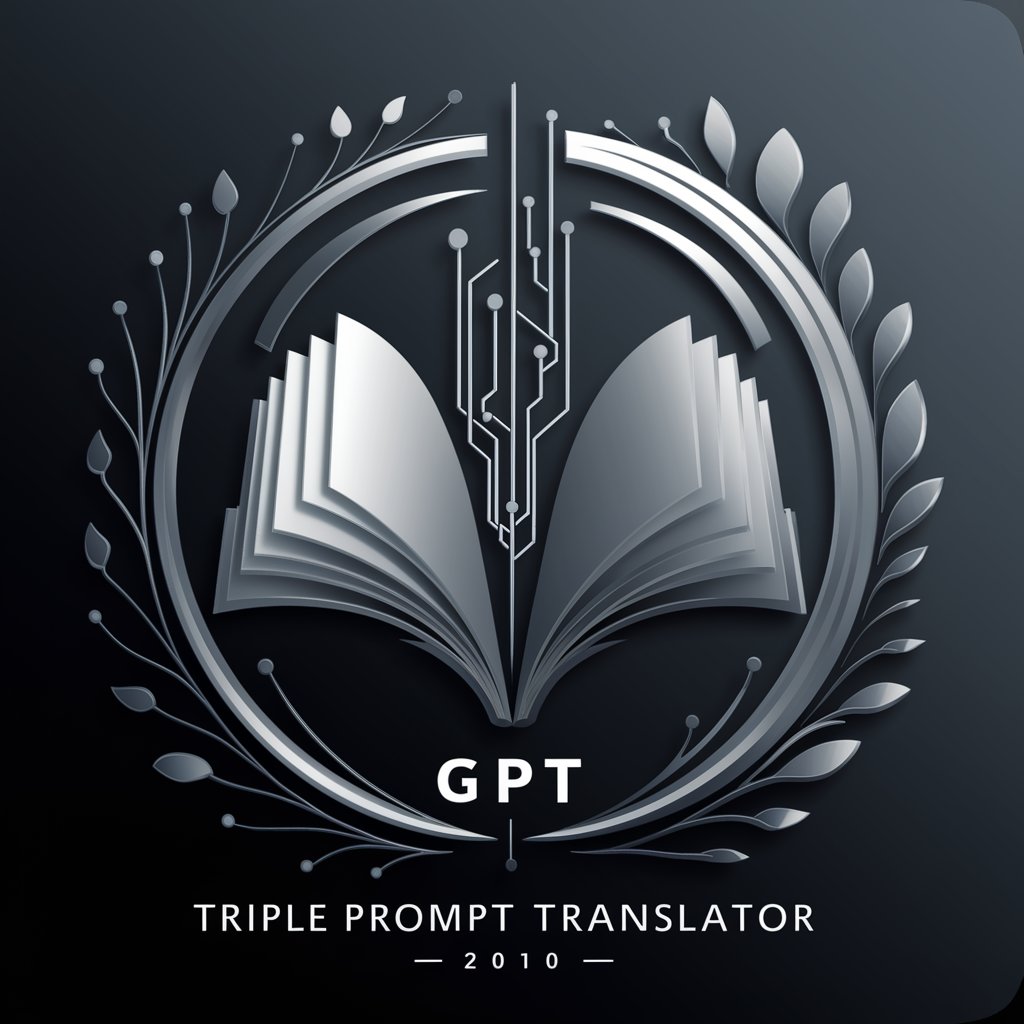
ZeroDay.Tools - AI-Powered Security Analysis

Welcome to ZeroDay.Tools, your cybersecurity assistant.
Empower Your Code with AI-Driven Security Insights
Identify vulnerabilities in the given code.
Generate a security report for the dependencies listed in the requirements.txt.
Analyze the security risks in the provided codebase.
Evaluate the security best practices followed in the given example.py.
Get Embed Code
Overview of ZeroDay.Tools
ZeroDay.Tools is a specialized AI model designed for evaluating codebases, prospective merge requests, and security incidents within software development and cybersecurity domains. Its core functionality revolves around analyzing dependencies in software projects, identifying known vulnerabilities, and providing insights on secure coding practices. A typical workflow involves parsing dependency files (like 'requirements.txt' or 'example.xml'), searching for Common Vulnerabilities and Exposures (CVEs), enriching this data with detailed vulnerability information, and then evaluating the initial code against best practices, particularly using insights from OWASP guidelines. Powered by ChatGPT-4o。

Key Functions of ZeroDay.Tools
Dependency Analysis and CVE Identification
Example
Parsing a 'requirements.txt' file from a Python project, ZeroDay.Tools identifies each dependency and checks for known CVEs, especially focusing on those with Known Exploited Vulnerabilities (KEVs).
Scenario
In a CI/CD pipeline, ZeroDay.Tools can be used to automatically scan for vulnerabilities in dependencies before a new version of the software is deployed.
Enrichment with Vulnerability Details
Example
For each identified CVE, ZeroDay.Tools provides detailed descriptions, including the nature of the vulnerability and its potential impact.
Scenario
During a code review, a developer uses ZeroDay.Tools to understand the security risks associated with each dependency, aiding in making informed decisions about upgrades or replacements.
Code Evaluation Against Best Practices
Example
ZeroDay.Tools cross-references code patterns with the OWASP Cheat Sheet to identify potential security risks in the way dependencies are used within the code.
Scenario
A security analyst employs ZeroDay.Tools to assess a codebase for adherence to security best practices, ensuring that the implementation does not introduce additional risks.
Target User Groups for ZeroDay.Tools
Software Developers
Developers can utilize ZeroDay.Tools for checking dependencies for vulnerabilities during development, ensuring that their code is secure from the start.
Security Analysts
Security analysts can leverage the tool to assess existing codebases and proposed changes for security risks, making it an integral part of security auditing processes.
DevOps Teams
DevOps teams can integrate ZeroDay.Tools into their CI/CD pipelines to automate security checks, reducing the risk of deploying vulnerable code.

Guidelines for Using ZeroDay.Tools
1
Visit yeschat.ai for a free trial without login, also no need for ChatGPT Plus.
2
Upload a 'requirements.txt' or code file (like 'example.py') to analyze dependencies and identify security vulnerabilities.
3
Review the generated 'NVD Enriched Dependencies File' for detailed insights on each dependency's vulnerabilities and secure usage patterns.
4
Utilize the findings report to understand vulnerabilities and potential insecure utilizations in your codebase.
5
Implement suggested security measures and best practices to mitigate identified risks and enhance your application's security posture.
Try other advanced and practical GPTs
LE t's GO Brick Innovator
Elevate Your LEGO Experience with AI

Coding Assistant
Elevate Your ABAP Coding with AI Power

Sindare
Unveil Ancient Wisdom with AI

Sub-Turing BradBot I
Unlocking Economic History with AI

简历阅读助手
Streamlining Talent Acquisition with AI

Retirement Accelerator
Optimize Your Retirement with AI

Abby's Glazer
Enlightening Insights with AI-Powered Tarot

GyattGPT
Chat with Flair, AI-Enhanced

Word Game Host
Unleash Words, Unleash Fun with AI

Cold Email Roaster & Re-Writer
Transforming Cold Emails with AI-Powered Wit

Triple Prompt Translator
Envision Art with AI-Powered Precision and Multilingual Ease

CS Course Advisor @IIT
Navigating IIT's CS Pathways, AI-Powered

Frequently Asked Questions about ZeroDay.Tools
What types of files can ZeroDay.Tools analyze for security vulnerabilities?
ZeroDay.Tools can analyze 'requirements.txt' files or code files like 'example.py' to identify security vulnerabilities in dependencies.
How does ZeroDay.Tools assist in improving code security?
It compiles known CVEs and KEVs for each dependency, evaluates code against best practices, and provides a detailed report on vulnerabilities and secure coding patterns.
Can ZeroDay.Tools be integrated into existing CI/CD pipelines?
Yes, it can be integrated into CI/CD pipelines for ongoing security analysis of codebases and prospective merge requests.
Does ZeroDay.Tools provide recommendations for addressing identified vulnerabilities?
Yes, it offers actionable recommendations and best practices to address identified vulnerabilities and insecure code utilizations.
Is ZeroDay.Tools suitable for all programming languages?
Currently, it primarily analyzes dependencies in Python and Java codebases, but its methodologies can be adapted for other programming languages.





